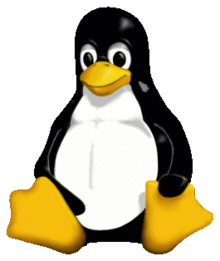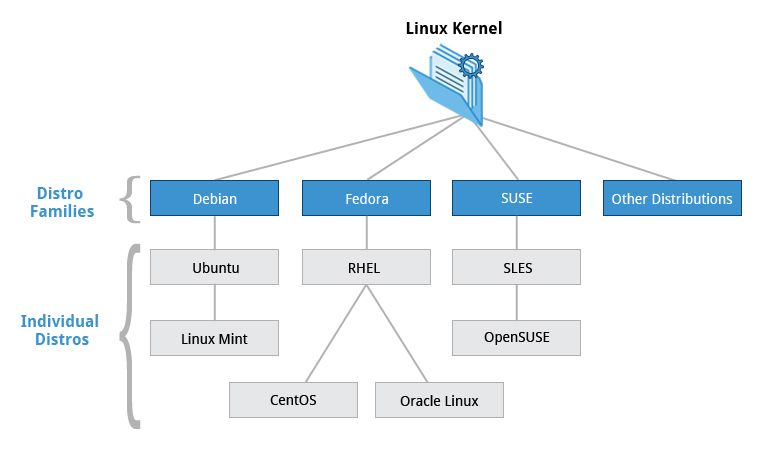
Linux Basic Series: Intro to Linux(P1)
This article explains about the Linux operating system, its history and advantages of using Linux.
This is the 1st part of 7 part series where I explain the Basics of Linux.
What is Linux and its history

"Tux is a penguin character and the official brand character of the Linux kernel."
What is Linux
Just like Windows, iOS, and Mac OS, Linux is an operating system. One of the most popular platforms on the planet, Android, is powered by the Linux operating system. An operating system is a software that manages all of the hardware resources associated with your desktop or laptop. To put it simply, the operating system manages the communication between your software and your hardware. Without the operating system (OS), the software wouldn’t function.
What are Distros in Linux
"Distros" is short for Distribution. Linux has several different versions to suit any type of user. From new users to hard-core users, you’ll find a “flavor” of Linux to match your needs. These versions are called distributions (or, in the short form, “distros”). Nearly every distribution of Linux can be downloaded for free, burned onto disk (or USB thumb drive), and installed (on as many machines as you like).
Popular Linux distributions include:
LINUX MINT
DEBIAN
UBUNTU (Beginner friendly)
FEDORA
OPENSUSE
REDHAT

History of Linux

"Linus Torvalds: The Founder of Linux"
1991: Linus Torvalds creates Linux.
1992: Linux licensed under GPL.
1993: First stable release of Linux (v1.0).
1994: Slackware, the first Linux distribution, was released.
1995: Red Hat, the first commercial Linux distribution, launched.
1999: IBM invests $1 billion in Linux development.
2003: Linux Kernel 2.6 released.
2018: Linux turns 27 with millions of users worldwide.
2020: Linux is used in over 90% of the world's supercomputers and dominant force in the server and embedded systems market.
Common Terminology used in Linux
The Kernel is the core component of a Linux operating system. It manages the communication between the hardware and software of the system.
The boot loader is responsible for loading the Linux kernel into memory and starting the operating system. The most commonly used bootloader for Linux is GRUB (GRand Unified Bootloader).
A Service in Linux refers to a background process or program that runs automatically when the system starts up. These services are usually managed using system-level tools such as the init daemon or systemd.
Desktop environments, such as Gnome and KDE, provide a graphical user interface (GUI) for interacting with the operating system. They include a variety of tools, such as file managers and text editors, as well as a set of common conventions for how the interface should look and behave.
Why use Linux?
The advantages of using Linux are:
Cost: Linux is open-source and free to use, which makes it cost-effective for individuals and organizations.
Security: Linux is known for its robust security features, including built-in firewalls, virus protection, and the ability to encrypt data.
Stability: Linux is highly stable and reliable, which means that it can run for long periods without crashing or requiring a reboot.
Flexibility: Linux can be customized to meet the specific needs of the user or organization, making it a versatile and flexible operating system.
Compatibility: Linux can run on a wide range of hardware and is compatible with many different software applications.
Community: Linux has a large and active user community, which means that users can find support, advice, and resources online.
Why Learn Linux now?
Linux stands behind the top 500 fastest supercomputers in the world.
As of 2017, about 90% of cloud infrastructure operates on Linux.
Linux powers 85% of smartphones
47% of professional developers use Linux-based operating systems.
